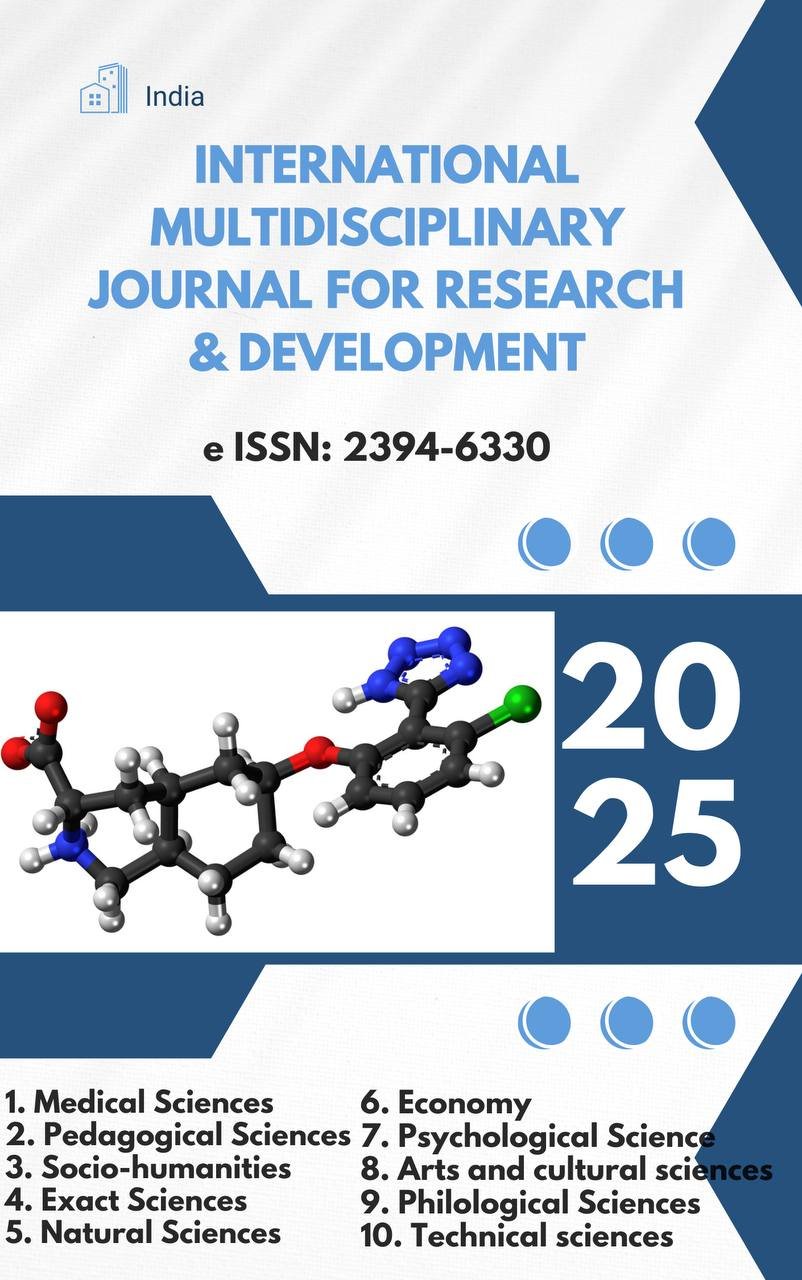THE PREVALENCE AND CLINICAL FEATURES OF IRON DEFICIENCY ANEMIA IN CHILDREN: CHALLENGES AND MANAGEMENT APPROACHES

Abstract
Iron deficiency anemia (IDA) is the most common nutritional disorder among children worldwide, with significant implications for physical growth, cognitive development, and overall health. This study aims to analyze the prevalence, risk factors, clinical features, diagnostic challenges, and management strategies of pediatric IDA. A cross-sectional analysis of published data and clinical observations highlights the impact of nutritional, socioeconomic, and environmental determinants on disease development. The findings emphasize the importance of early diagnosis, preventive measures, and integrated management strategies to reduce morbidity and long-term consequences associated with childhood anemia.
Keywords
Iron deficiency anemia, pediatrics, nutritional deficiency, hemoglobin, child health
References
- World Health Organization. Global prevalence of anemia and nutritional deficiencies. WHO Report 2023.
- Black RE, Victora CG, Walker SP. Maternal and child undernutrition and overweight in low-income and middle-income countries. Lancet. 2020;382(9890):427–451.
- Pasricha SR, Drakesmith H. Iron deficiency anemia: problems in diagnosis and prevention at the population level. Hematology Am Soc Hematol Educ Program. 2019;2019(1):272–278.
- Lozoff B, Beard J, Connor J. Long-lasting neural and behavioral effects of iron deficiency in infancy. Nutr Rev. 2021;79(5):353–364.
- Gupta PM, Perrine CG, Mei Z, Scanlon KS. Iron, anemia, and iron deficiency anemia among young children in the United States. Nutrients. 2021;13(2):427–436.